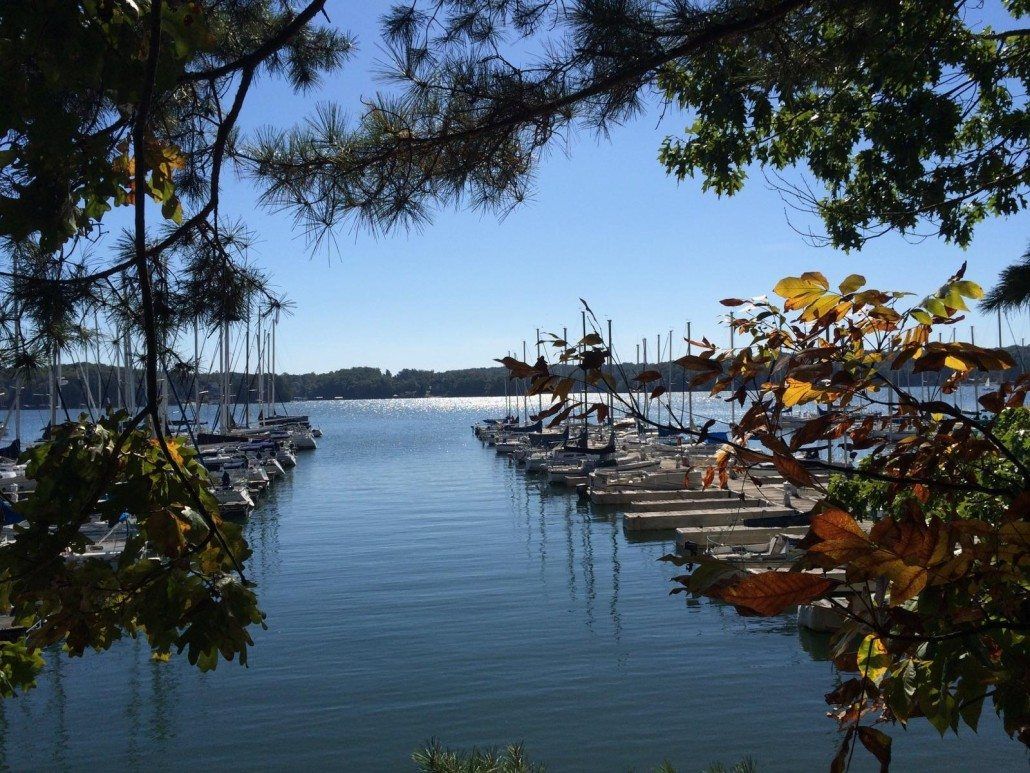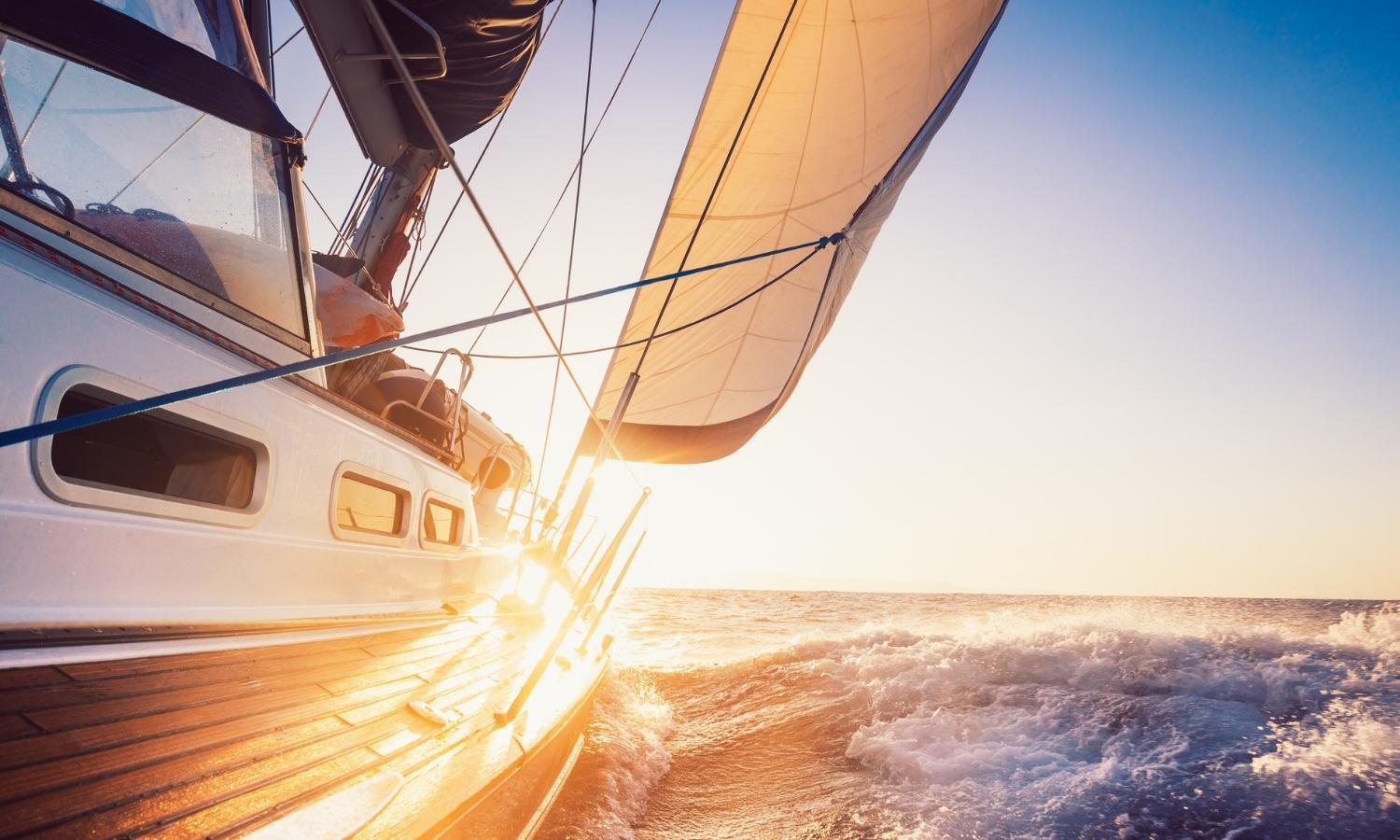What are the Rules for Sailing on Different Waters?
Sailing and boating, in general, are great fun for adventurous water lovers. However, there are many novices out on the water who aren’t particularly familiar with the rules of the water and they run the risk of injuring themselves or someone else. Just as drivers need to know and understand the rules of the road, boaters need to learn rules for the safe operation of water vessels before stepping foot on a sailboat, motorboat, or yacht.
Rules can vary depending on the geographic location and the size of the boat or yacht. Ensure that you know the rules that apply to you before you venture out on the water in a sailboat or any other vessel.
International Rules
Any vessel that ventures out onto the oceans and seas must abide by the International (Maritime) rules of the water. These regulations apply to all types of vessels that can travel out onto the oceans and seas. These rules also apply to boats and yachts on waterways that connect with seas and oceans. These waterways may be navigable by large seaworthy vessels.
The types and sizes of vessels can vary significantly, so boaters should have some familiarity with other vessels. Even the definition of “vessel” is somewhat ambiguous. According to international navigation rules, a vessel can be any type of craft navigating the water.
Boaters must follow rules regarding the right of way, lighting, sound, anchoring, and docking as well. Rules of the water govern how boaters operate their vessels around other vessels. These laws are in place to keep everyone safe and to prevent accidents.
Under boating regulations, right of way is different than it is for motor vehicles on the road. This is because waterways do not have streets and intersections. Rather, vessels have one of two distinctions: the give-way vessel and the stand-on vessel. The give-way vessel must allow the stand-on vessel to continue on its way without interfering. The operator of the give-way vessel should signal the intention to yield so the stand-on vessel operator knows to proceed. The stand-on vessel must acknowledge this signal, continuing on with its course in a safe manner.
Inland Rules
Boating laws and regulations apply to all of the inland waters of the United States, such as major rivers and lakes. All watercraft that use inland waters are subject to these laws. Regulations also extend to Canadian waters that are a part of the Great Lakes, as long as the two countries’ laws regarding the same waterways do not conflict with each other. Inland water rules also include special provisions that apply to specific waterways. These waterways include the Great Lakes and the western rivers.
These waterway rules can be very specific. If you have questions about these rules and how to adhere to them, please don’t hesitate to call on our team at Sunrise Sailing Club. Our crew of instructors is ASA certified and highly skilled in sailing. Call on us today! 770-271-7444
OFFICE HOURS
Monday – Friday:
9:00 a.m. to 5:00 p.m.
Saturday:
9:00 a.m. to 5:00 p.m.
Sundays and Holidays:
9:30 a.m. to 5:00 p.m.
CONTACT US
Office – SunRise Cove Marina
Dock – 5725 Flat Creek Road
Gainesville, GA 30504
Phone: 770-271-7444
Fax: 678-828-5901
DESTINATIONS WE SERVE
2025 All rights Reserved



